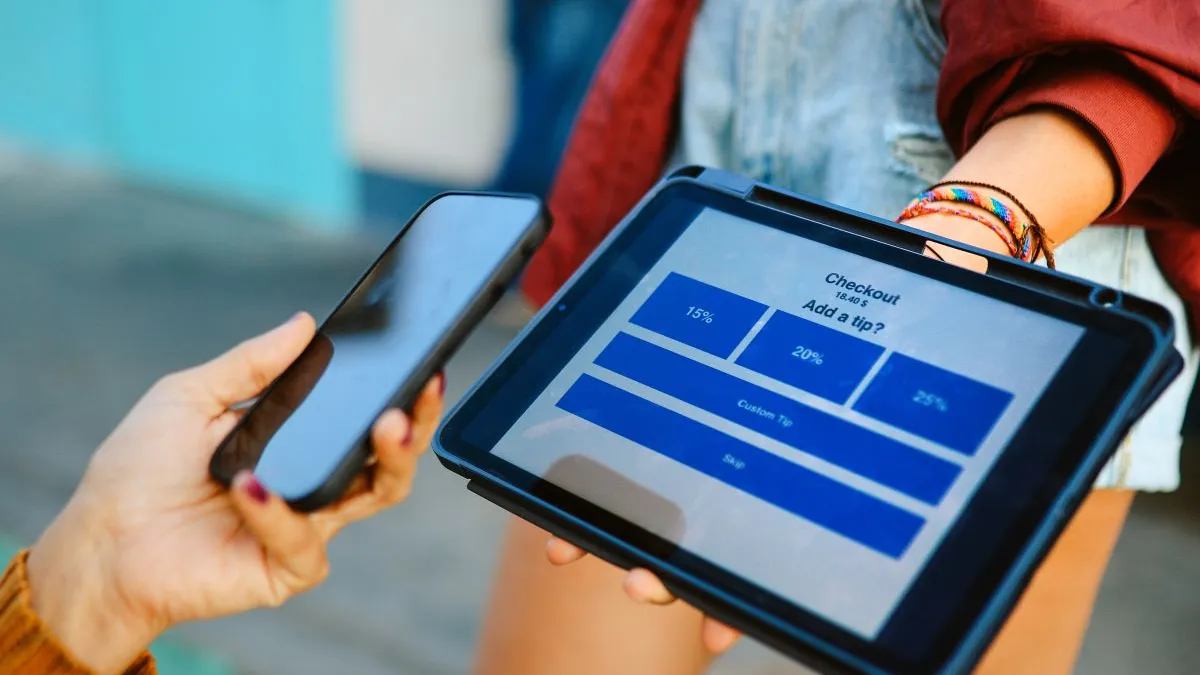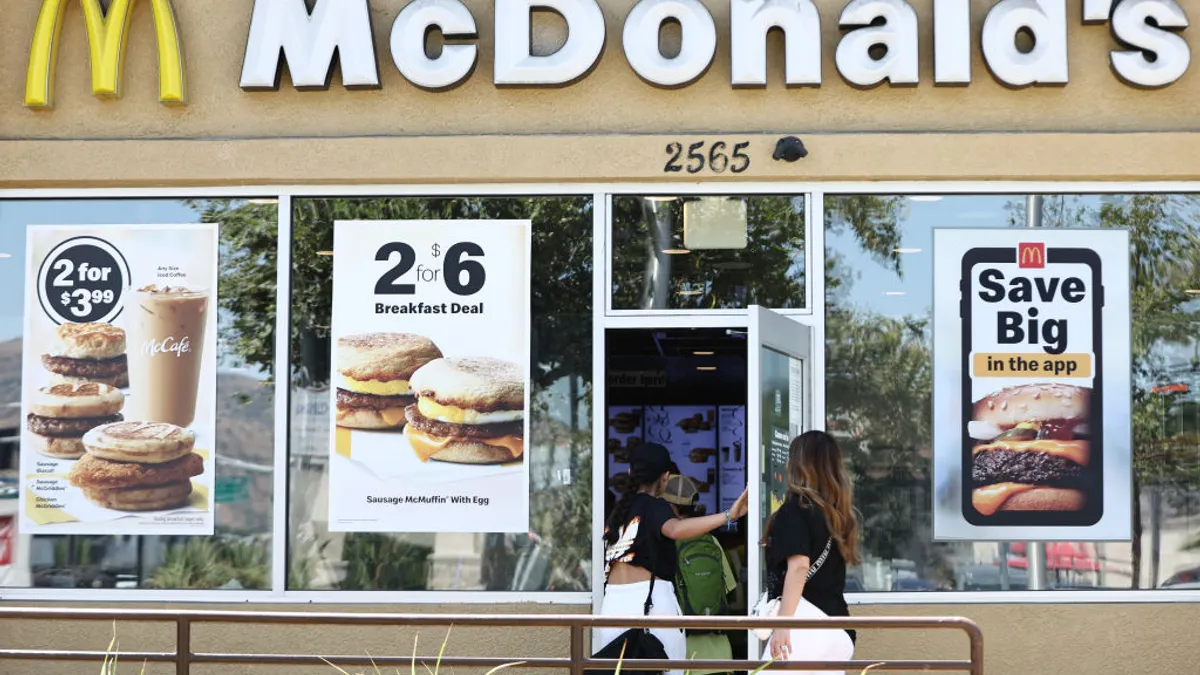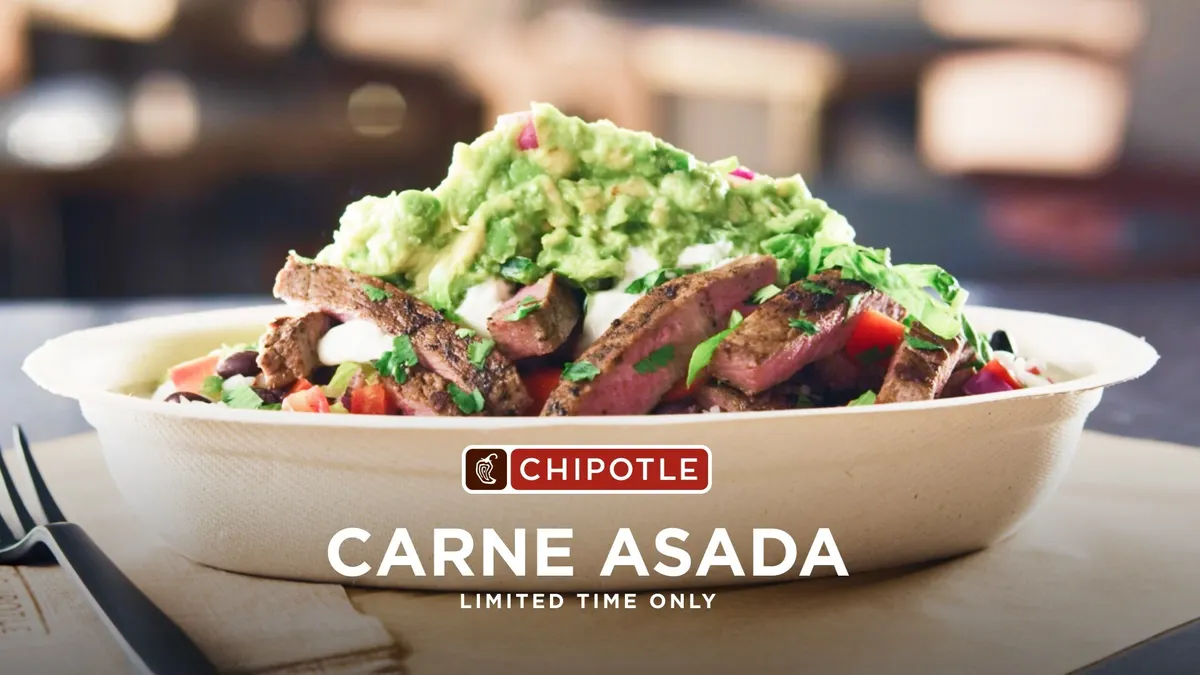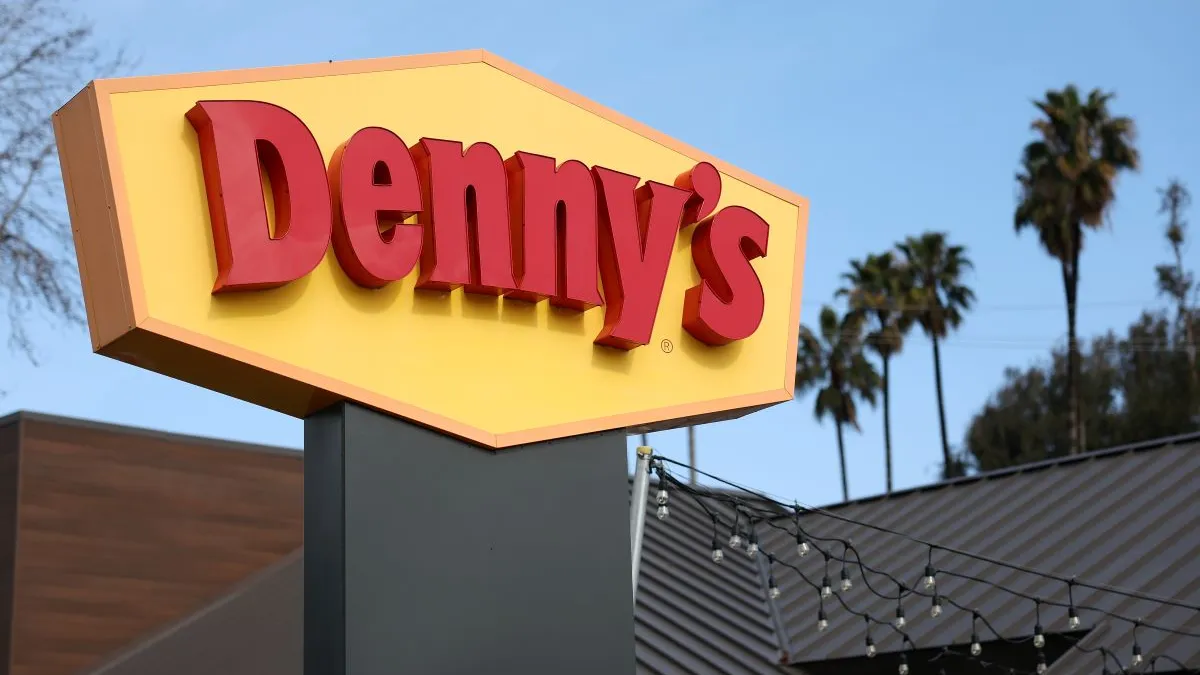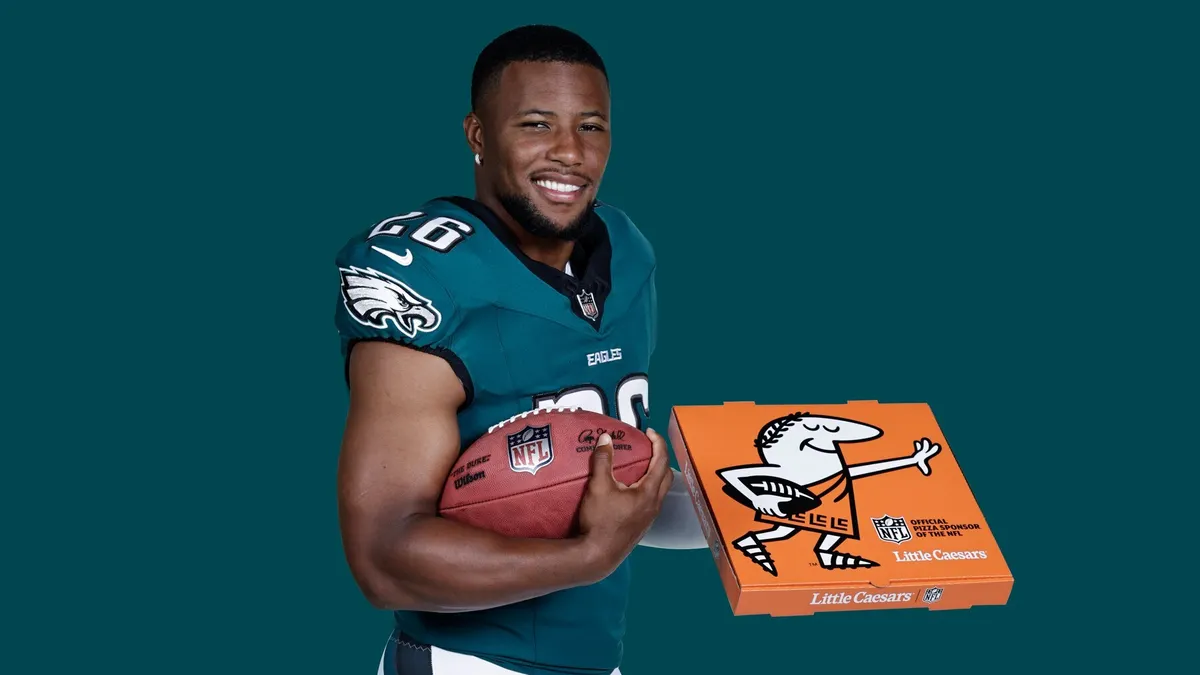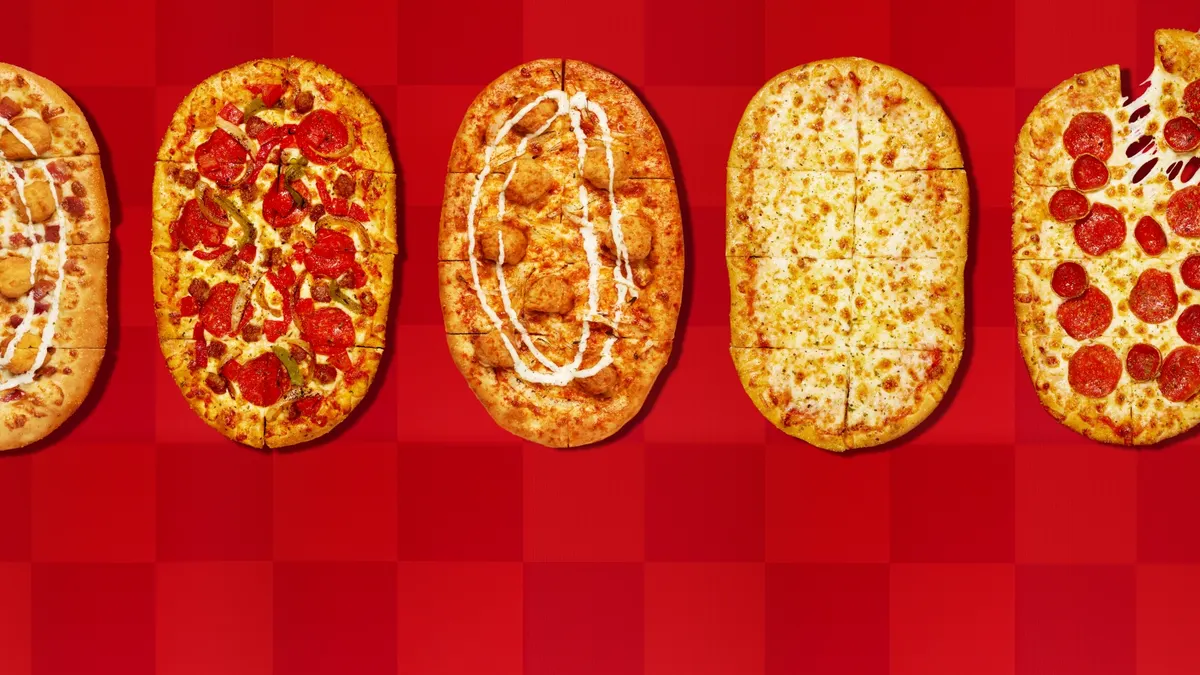Consumers are increasingly fed up with tipping.
This year, 60% said they are tired of tipping for services at different establishments, up from 53% last year, according to a Popmenu survey of 1,000 U.S. consumers conducted in early September. Roughly 61% of consumers said they feel pressured to tip and many say they’ve tipped when they feel it wasn’t warranted.
“The continued squeeze on consumer bank accounts is impacting restaurants and other industries that are heavily reliant on tips,” Brendan Sweeney, CEO and co-founder of Popmenu, said in a statement. “Not only are they dealing with heightened competition for guests, they have to work even harder for the tips that account for the majority of [employee] income.”
Restaurant tipping rates
Consumers are still tipping, but many have pulled back from larger tips. This year, 38% of consumers said they tip restaurant servers 20% or more, compared to 42% of consumers who said this in 2023 and 56% in 2021, per Popmenu data. Additionally, 30% of consumers said they tip servers 10% or less compared to 19% of consumers who did so last year, according to Popmenu.
Other data shows a more ambiguous situation. Consumers are tipping about 18% on average, according to a report from foodservice distributor US Foods, similar to the amount it reported last year. One in four still see 15% as the standard tipping rate, while about half of Americans tip 18% or more.
This data lines up with Toast’s Q2 2024 Restaurant Trend report, which saw tips average 18.8% during the second quarter. Full-service tips averaged 19.3% while QSR tips were about 15.9%, both dipping 0.1% from the first quarter. Dine-in tips overall averaged 19% while takeout tips were about 13.7%.
While tipping at QSRs and FSRs has remained relatively the same, tipping is increasing at bakeries, coffee and ice cream shops, according to a September Gusto report. From July 2019 to July 2024, the percentage of bakeries paying tips to employees rose from 36% to 50%. Coffee shops taking tips rose from 56% to 72% over that time period. The percentage of full-service restaurants tipping employees is also down slightly, with 1.3% fewer operators paying tips in 2024 compared to 2019, per Gusto.
“Employees in these industries typically depend on tips as a regular part of their income, but businesses may be opting to forego tips as some jurisdictions begin to phase out the tipped minimum wage,” Gusto said in the report. “Additionally, it has become more common for some restaurants to add a service charge to the bill instead of relying on customers to leave tips.”
Service charges allow restaurants to keep money they might otherwise be obligated to pay directly to servers.
Share of businesses paying tips monthly
Why tipping prompts will only increase
Tipping has long been prevalent in fine dining and full-service restaurants, where customers reward staff based on their experience. The practice, in concert with the tip credit, allows employers to increase pay without incurring greater labor costs by asking consumers to directly subsidize workers. But now it is part of day-to-day interactions, said Sal Nazir, general manager of payments at Par Technology. In addition to coffee shops, QSRs are increasingly asking customers to tip even if there wasn’t a service element tied to their transaction.
“The industry is going to continue to push the prompts and make sure we ask for the tipping on the services,” Nazir said. “I think consumers are going to have to be the one that dictates if they tip or not.”
Technology has also improved the tipping experience. Many restaurants are moving away from smaller payment devices that have small screens that may lead to customers pressing the wrong buttons, Nazir said.
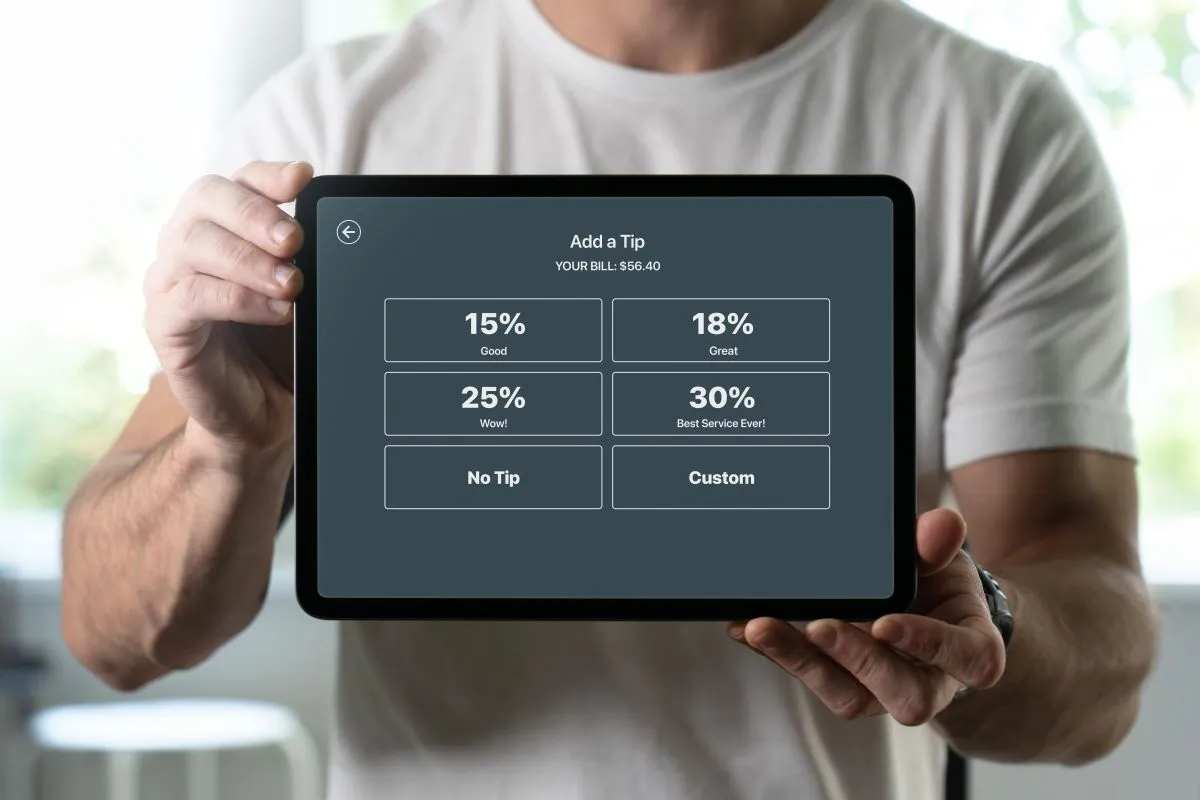
Tablets also help with wait times since staff don’t have to try and issue refunds for unintended tips and redo a transaction.
Par’s customers have seen between a 20% and 30% lift in tipping with this move toward touch screen technology, Nazir said.
“While consumers are kind of frustrated with tipping, simplifying the experience and making tipping native and seamless has also allowed them to tip more,” Nazir said.
Many restaurants are in the midst of streamlining their tech stacks, which is likely to add more tipping options, Nazir said. There will be more contactless experiences where tipping is embedded in the ordering process, he said. With tipping prompts becoming more common through technology like self-order kiosks and pay-at-table tablets, it will likely become more habitual for customers as well, he said.
“If you get [customers] to do something between eight to 10 times, it becomes a habit,” Nazir said. “I think contactless is going to do that.”
The technology leads customers to tip more digitally, meaning employees have to handle less cash, which has traditionally been a security concern.
Tipping could also be used to better understand a restaurant’s guests and adjust payment prompts. For example, if customers seem to tip around breakfast and not lunch, an operator can push tipping more around breakfast time and cut back during other dayparts, Nazir said.
“Data insights are a pretty good way to curate the experience around tipping rather than just putting it everywhere,” Nazir said.
How to make tipping easier for customers, employees
To make tipping a successful practice, Nazir said restaurants should be transparent with both customers and employees. That means explaining how tipping will be set up and how tips will be distributed amongst the staff.
“I think that [transparency] is really cool for building the enhanced trust of the employees and the morale of employees,” Nazir said.
Operators that have standardized tipping, where the money is distributed equally across the entire staff, often see their employees try to perform to a uniform standard.
Also, employees are looking for increased earnings and looking for tips to provide that boost. Offering the ability to receive tips can also help boost retention in segments like QSRs where turnover is normally very high, Nazir said and hourly compensation is low and wage growth stagnant.
On the customer side, restaurants should always make their tipping policies clear. For example, if a restaurant automatically adds gratuity for parties of eight or more, they should state that so the customer doesn’t tip twice, which is “not a good experience,” Nazir said.
If tipping is part of compliance with industry regulations, an operator should be clear about that with customers so they are fully aware of why tipping is expected.
“The more transparent [merchants] are, the more reciprocal tipping will be,” Nazir said.
Some operators are also eliminating tipping altogether and increasing base wages and oftentimes menu prices. If that is the case, restaurants should make that clear to guests, as well, Nazir said.
Sixty-one percent of consumers told Popmenu that they would be willing to pay higher menu prices to support higher wages and eliminate tipping.
“Regardless of the tipping, restaurants should just be delivering on a customer experience that is differentiated and unique,” Nazir said. “If they’re able to do that, I think customers will go out of their way and [say], ‘Hey, I want to reward you for your service.’”



